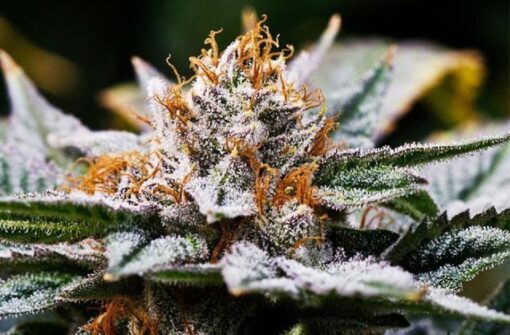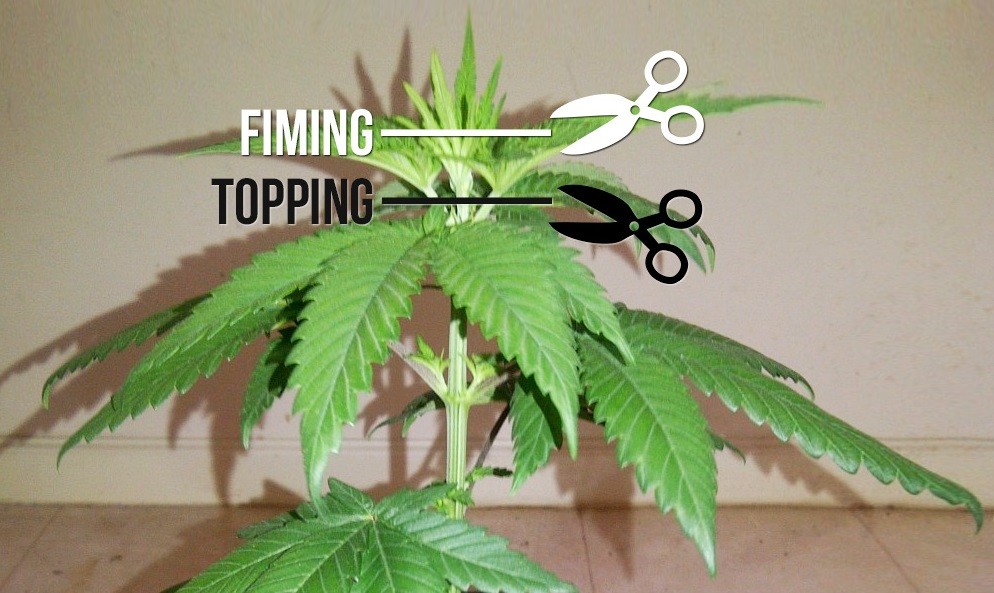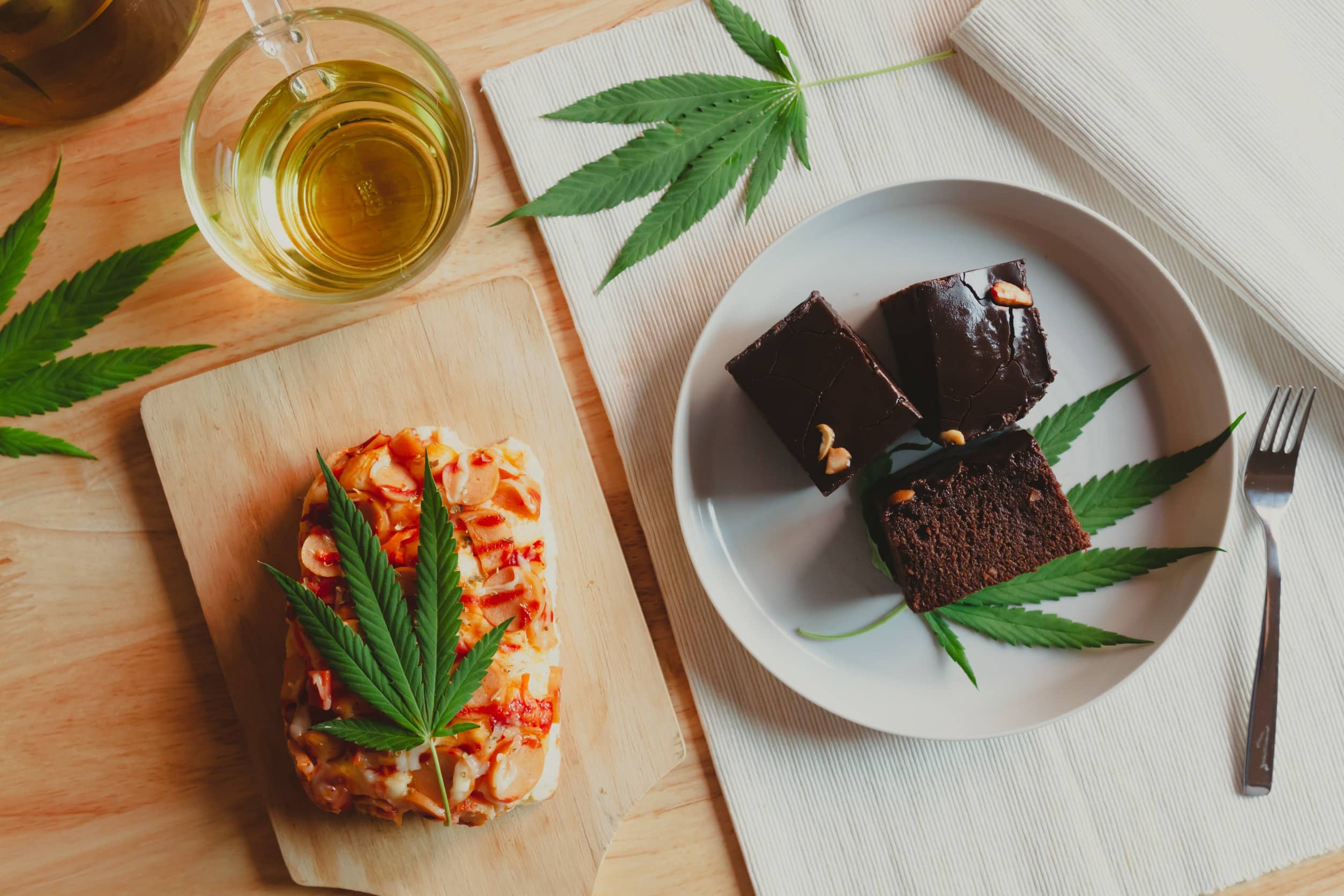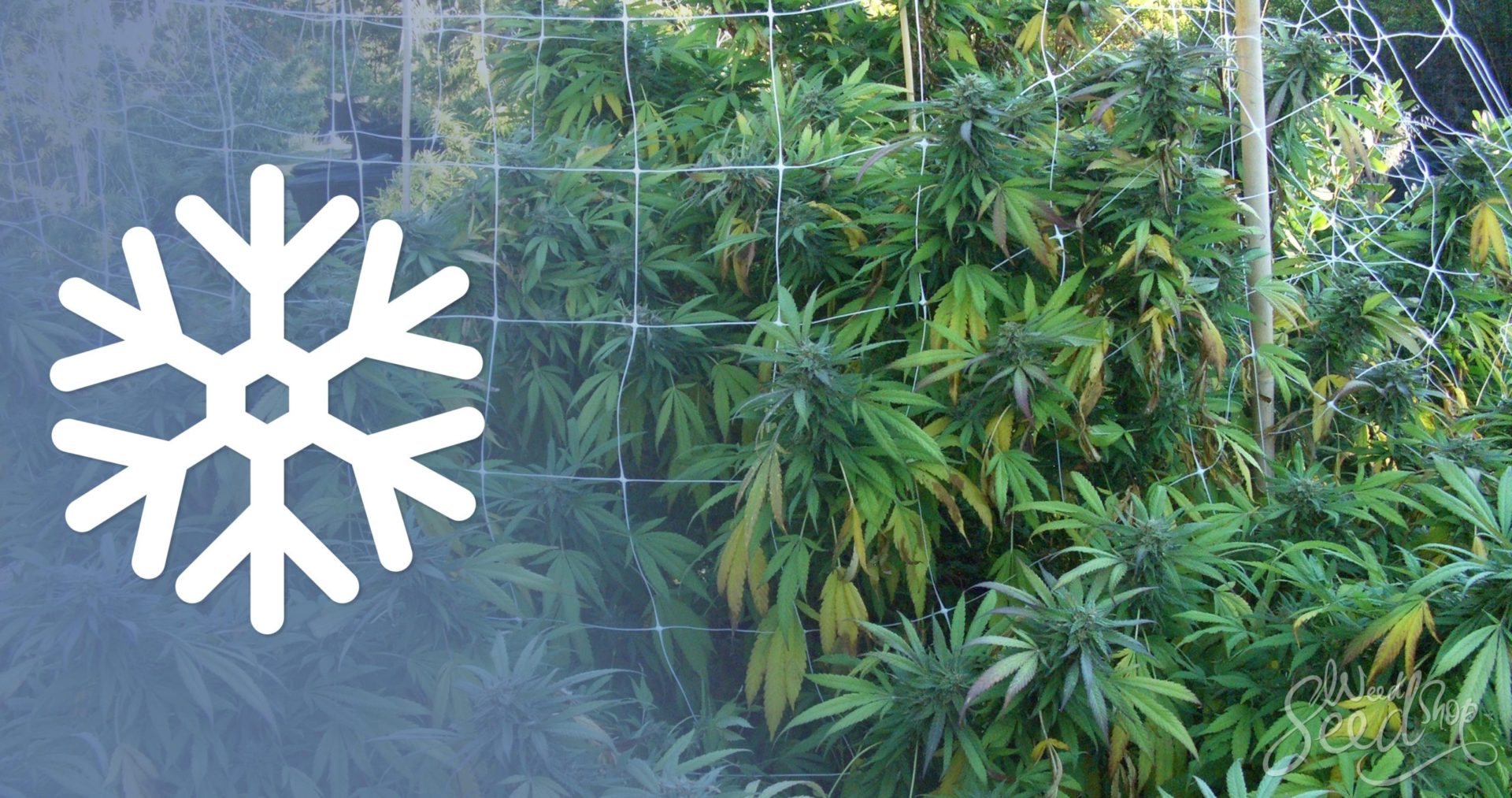No products in the cart.
Marijuana Education
Why Dutch Treat is a Good Indoor Strain
Are you considering the Dutch Treat strain in your cannabis cultivation journey? This cultivar promises a rewarding adventure of resilient growth and high yields under optimized conditions.
Dutch Treat is an adaptable cannabis strain, thriving indoors and outdoors in hydroponics or soil. It’s resistant to pests and diseases but requires some cultivation experience to maximize its potential.
Its sky-high THC content appeals to experienced users seeking a new challenge and calming effects. This marijuana strain also boasts dynamic terpenes with mouth-watering aromas and therapeutic potential, but how do you leverage these perks?
Join us to discover Dutch Treat’s genetic traits, delicious aromas, potent effects, and ideal cultivation conditions.
Let’s jump in.
An overview of the Dutch Treat strain
Dutch Treat, Dutch Crunch, Dutch Treat Haze, or the Dutch Treats strain, is a coveted award-winning cannabis cultivar. It boasts several accolades in the recreational and medicinal 420 space for its robust genetics and effects.
Some cannabis connoisseurs associate this strain’s name with candy-infused desserts from the Netherlands. Dutch Treat’s delightful aromas and well-balanced effects attract many breeders who use it to create other flavorful cannabis strains.
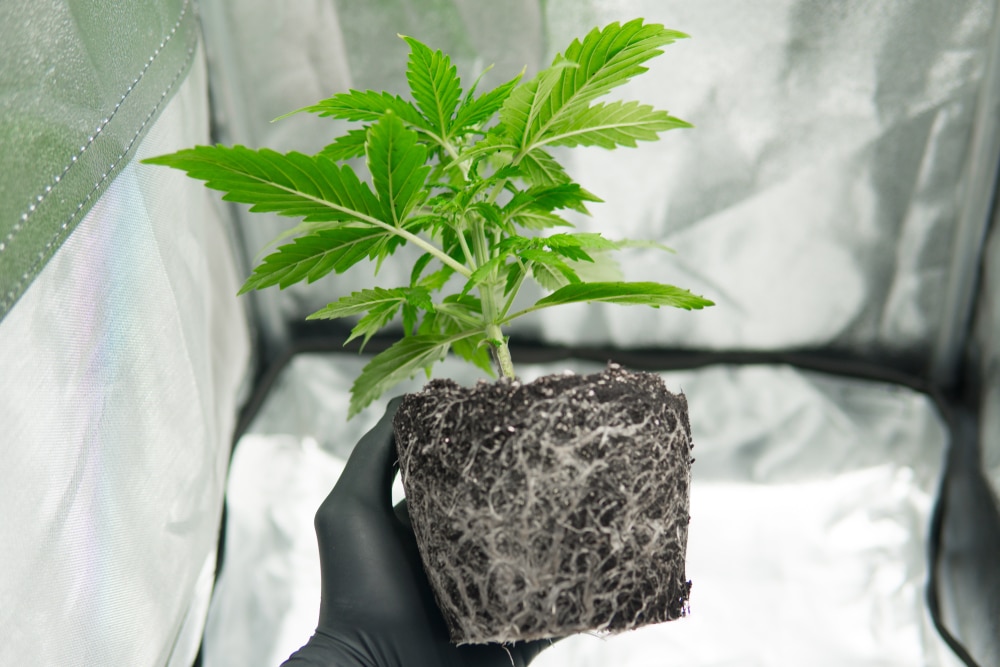
Genetics
Dutch Treat is an indica-dominant hybrid cannabis strain highly sought-after for its award-winning genetics. Its lineage traces back to two powerhouse parents: Northern Lights and Haze.
Northern Lights is an indica-heavy strain famous for its resinous buds, medicinal appeal, and resilient growth, which it lends to its offspring. Haze is a sativa-dominant cultivar coveted for its mind-uplifting sensations that balance Dutch Treat’s body stone.
Many cannabis enthusiasts speculate that the Dutch Treat strain originates from Amsterdam, where it’s a staple in most coffee shops.
Dutch Treat’s genetics comprise approximately 80% indica and 20% sativa. It’s a favorite among veteran users, as its THC content can rise up to 25%.
Characteristics
While Dutch Treat is indica-heavy, its appearance and structure usually resemble sativa traits, especially its scattered feathery leaves. It matures into medium-sized cannabis plants with a compact, bushy stature. Its blade color ranges from purple to dark green.
Dutch Treat boasts cylinder-shaped, dense, sticky buds. The light green nugs feature a thick trichome layer crowned with bright orange pistils.
This fragrant weed strain has an enticing sweet, candy-like, fruity aroma with pine and earthy undertones. The intensity of these scents varies according to cultivation conditions and bud harvesting and curing practices.
Dutch Treat features a sweet, citrusy flavor with herbal pine and spicy notes. Its high terpinolene levels strengthen its woody, floral, and fruity richness.
Effects
Cannabis crops grown from the Dutch Treat Haze strain produce buds with a THC of 18–25%. This sky-high potency delivers coveted, well-balanced effects throughout the body.
The first few puffs induce uplifting euphoria, energy, and mental stimulation, which leave you more talkative. As the high progresses, it triggers soothing relaxation, making this strain an excellent evening toke for unwinding and introspection.
Although Dutch Treat’s indica dominance leans toward sedative effects at the peak of the high, there’s hardly any couch-lock. Users report experiencing a holistic balance of mind-oriented and body-soothing sensations, which could overcome fatigue and boost mood.
Despite Dutch Treat’s low CBD levels, its calming power may be therapeutic. Many medicinal users report relief from muscle tension, chronic pain, depression, anxiety, and stress. This strain’s sedating tendencies could alleviate restlessness, agitation, and insomnia.
Terpinolene is the dominant terpene in Dutch Treat. It enhances this strain’s aromas while pronouncing its uplifting, energizing, and calming effects. This therapeutic compound is also an antioxidant that could improve brain function and reduce inflammation.
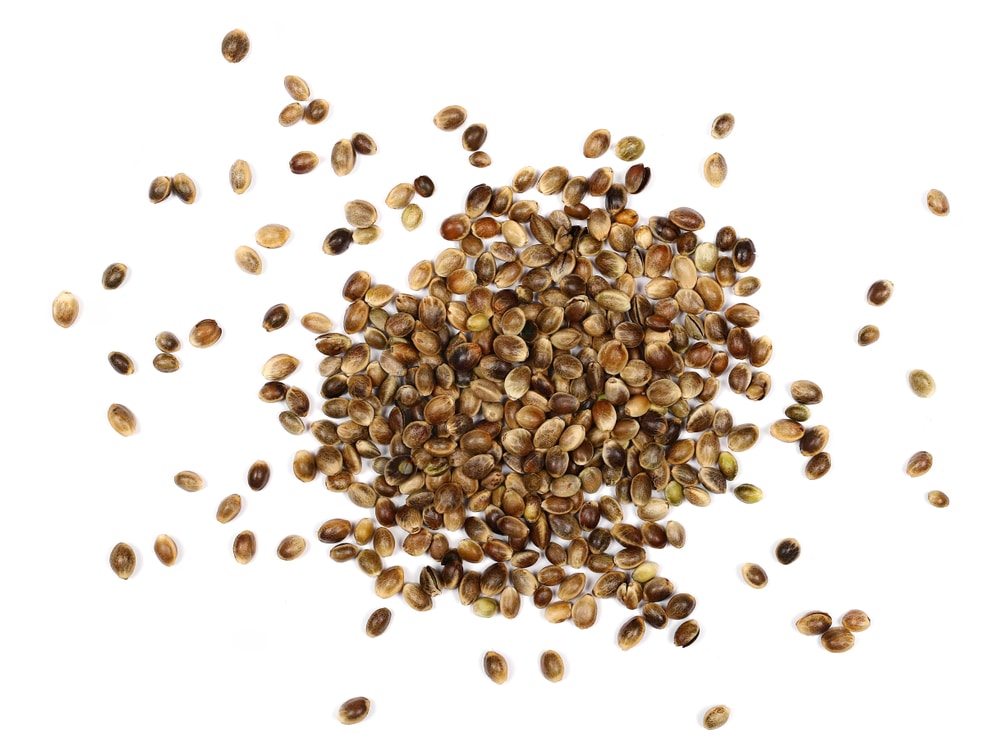
Growing Dutch Treat from seeds
Dutch Treat does well with intermediate growers due to its relatively tall structure. Beginners with some cannabis experience can also try it, as it’s hardy and low maintenance.
Let’s dive into the ins and outs of growing Dutch Treat to help you maximize its output.
Ideal growing conditions
Although the Dutch strain is low-maintenance, it thrives best indoors in a hydroponic system. You’re also welcome to grow this marijuana cultivar outdoors in nutrient-rich soil if you have limited space inside.
Dutch Treat flourishes in a stable, dry, and warm climate. Maintain daytime temperatures of about 70–80°F and lower them to around 60–70°F at night. This cannabis strain is sensitive to high humidity and heat fluctuations, so strive for a consistent growing environment.
Provide adequate airflow in your setup to counter the risk of increased humidity and promote quality bud development. Work with an 18/6 light cycle during the vegetative stage, then switch it to 12/12 to initiate flowering.
Dutch Treat demands moderate to high levels of illumination for ideal photosynthesis. Consider HID or LED grow lights if cultivating this strain indoors to provide optimum light intensity and spectrum.
Irrigate your Dutch Treat cannabis plants only when the top soil feels dry, as they’re sensitive to overwatering. Mist them with room-temperature water to avoid temperature shock. Be careful not to spill moisture on the leaves or risk mold and mildew formation.
This weed strain prefers a balanced nutrient mix to promote healthy, rapid growth. Apply an organic fertilizer with high essential minerals like nitrogen, potassium, and phosphorus.
Germinating the seeds
Optimal seed germination boosts their survival chances and promotes healthy, robust plants. Start by soaking your cannabis seeds in distilled water for about 24 hours to soften their coat for seamless sprouting.
While you wait, prepare the ideal growing medium for germination. Choose a nutrient-rich substrate with excellent drainage. Deposit it in a small container, then moisten it evenly without water-logging it.
After the 24 hours elapse, move the marijuana seeds into your chosen medium. Plant them about 1/4–1/2 inch deep, then cover them with a thin layer of soil. Water the substrate lightly to cement it around the seeds.
Maintain a moist cultivation medium and aim for warm, humid conditions. Set the temperature at approximately 75–80°F. We recommend covering your germination container with plastic wrap or using a humidity dome to optimize dampness levels.
Dutch Treat weed seeds usually take 2–7 days to germinate. After the seedlings pop, remove the humidity dome or plastic wrap. Position the young plants by a sunlight-facing window or under grow lights.
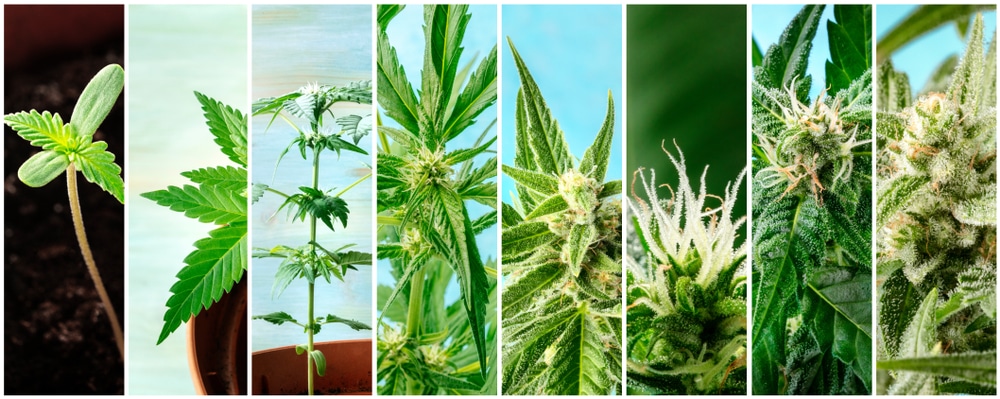
The different growth stages
Dutch Treat has various growth stages, each with unique features, lengths, and requirements. Understanding the nuances in every phase is crucial to providing the best care to your cannabis crops and maximizing their potential.
Here are Dutch Treat’s five growth stages:
- Germination: The first growth phase that determines the robustness and health of your plants. Ensure Dutch Treat seeds sprout and develop strong taproots before transplanting them. Provide consistent moisture, warm temperatures, and high humidity.
- Seedling: The second stage that begins when your plants form their second set of leaves after sprouting. It demands moderate humidity, ample light, and routine feeding with a well-balanced nutrient solution. Don’t overwater them, or you risk damping-off.
- Vegging: The third phase ushers rapid plant growth marked by the development of additional sets of leaves. Ensure your crops receive abundant light, average humidity, and frequent feeding with an optimized nutrient solution.
- Flowering: The fourth stage starts when your marijuana plants begin producing buds. Adjust the crop’s light cycle to 12/12. Switch to a nutrient solution heavy in phosphorus and lower in nitrogen to maximize nug formation. Dutch Treat flowers for about 6–9 weeks. Your plants continue to develop buds and produce resinous trichomes throughout this period.
- Harvesting: This is the last stage, where you collect and dry your mature, trichome-laden buds. Know when to harvest, as reaping too early or too late can affect the nugs’ potency and quality.
Dutch Treat plants are harvest-ready when the trichomes turn cloudy or amber. Expect a yield of about 12 oz./m2 indoors and 4–8 oz./plant outside. After bud collection, dry and cure them properly to bring out their best aroma and flavor.
Common pests and diseases to look out for
Like most cultivars, the Dutch Treat weed strain can be susceptible to various pests and diseases. These infestations shouldn’t squeeze the joy out of your weed cultivation, as they’re manageable. Regularly monitor the plants and act quickly to avert pathogen spread.
The most common pests and diseases to look out for in Dutch Treat include:
- Botrytis: This fungal disease is also called bud rot or gray mold. It may strike your crop during the flowering stage, turning the nugs brown and covering them with a fuzzy mold.
- Powdery mildew: A fungal infection that produces a white, powder-like growth on the plant’s buds and leaves. If it persists, it could weaken your crop and lower yields.
- Root rot: This disease affects overwatered weed plants or crops grown in soil with poor drainage. It usually causes yellowing leaves, wilting, and stunted growth.
- Spider mites: These tiny pests damage your plants by sucking out sap and feeding on leaves. Watch out for signs of little creeping dots on the blades, webbing, and yellowing leaves.
- Whiteflies: Tiny flying insects that could affect plant growth by feeding on leaves and spreading infections. Check for signs of yellow or white spots on the blades or the pests themselves.
Harvesting, drying, and curing your Dutch Treat buds
How and when you harvest, dry, and cure your Dutch Treat cannabis buds determines their potency and quality.
Start by cutting nugs from the weed plant with pruning shears or sharp scissors. Be careful to leave a few inches of the stem linked to the buds for suspension support. Don’t touch the chopped flowers with your hands, or you risk damaging their delicate trichomes.
Trim away excessively large stems or blades from the buds, leaving mostly the flowers intact. Hang the trimmed nugs upside down in a dry, cool, dark place.
Ensure this location has excellent air circulation for gradual drying and curing while preventing mold growth. Place the dried buds inside an airtight container after about a week.
Unseal this container for a few minutes daily to let in fresh air, then cap it again. Repeat this exercise for several weeks to allow steady curing.
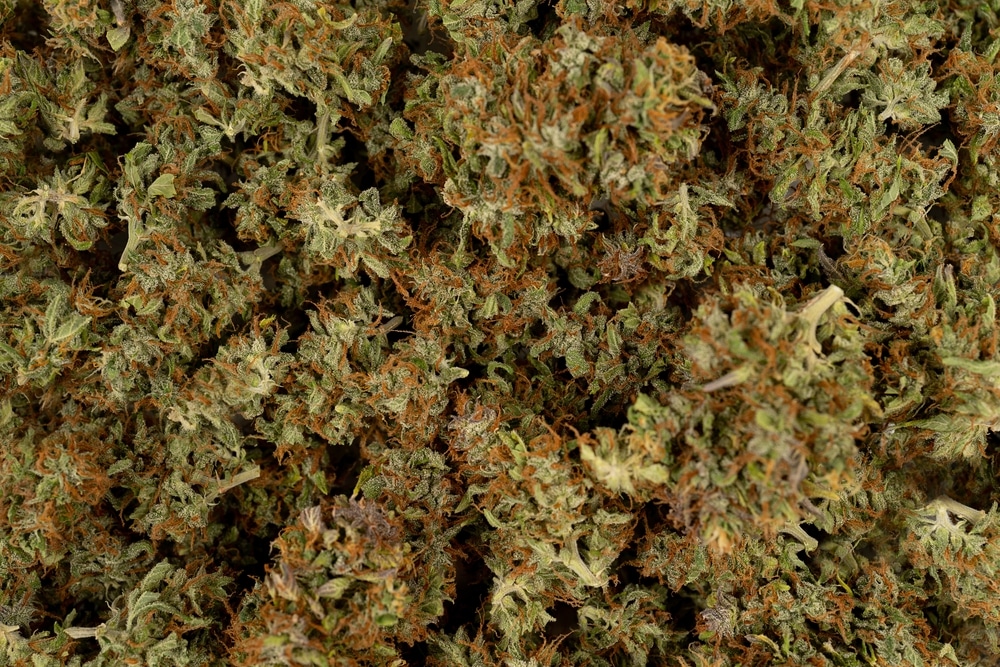
Tips and tricks for growing the Dutch Treat strain
Dutch Treat is a versatile cannabis strain that appeals to new and experienced growers for its undemanding nature. Maximizing the potential of this indica Dutch cultivar requires mastering your way around it.
Here are a few tips and tricks to help you make the most from your crop:
- This strain usually grows relatively tall and bushy. Regularly trim the lower half of your plants to promote rapid cola growth and increased bud sites.
- Dutch Treat typically stretches up to five feet tall indoors and higher outdoors. Consider the Sea of Green (SOG) technique to manage this height.
- Growing Dutch Treat to its maximum potential requires well-draining, nutrient-rich soil. Consider a substrate with peat moss, perlite, and vermiculite, which improves water retention and aeration.
- Regularly feed your Dutch Treat plants a balanced nutrient mix, starting with higher nitrogen in vegging, then more phosphorus during flowering.
Get sought-after results with premium Dutch Treat cannabis seeds
Do you have a sweet tooth? Dutch Treat’s delicious fruity tastes might delight your taste buds. This strain also boasts one of the strongest potencies in the 420 community. Maximizing these perks starts with an informed cultivation journey from seed to harvest.
A firm grasp of Dutch Treat’s optimal growth conditions sets you up for high yields of resinous buds. At the peak of your cultivation, proper bud harvesting and curing bring you closer to your desired flavors and effects.
Where do you source high-quality Dutch Treat seeds? Look no further than The Seed Fair. Try our premium Dutch Treat cannabis seeds today for high germination rates, robust genetics, and dynamic effects.


